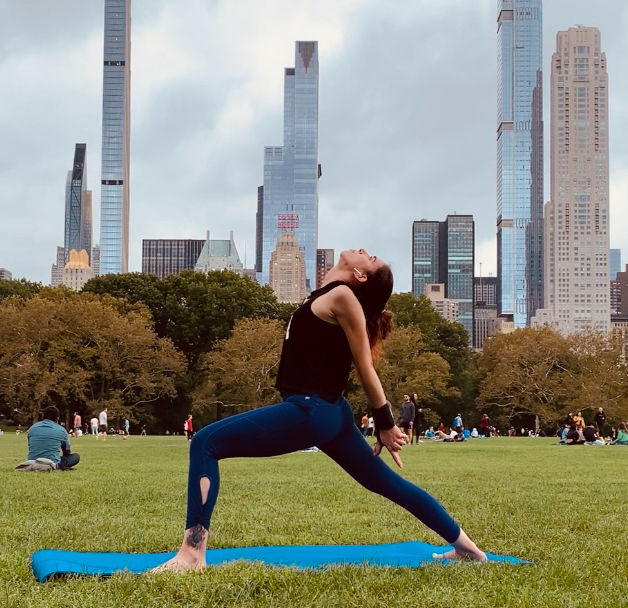Building Physical Strength and Flexibility through Yoga.
- Yhessika Noguera Meinhardt
- Nov 1, 2024
- 2 min read
Updated: Nov 3, 2024
While staying lying on your back with a bunch of pillows won’t certainly build muscles just like that, many styles of yoga do offer serious potential for building strength and flexibility. Different forms of yoga work on different areas—some focus on gentle stretching, while others are designed to challenge and build endurance, making yoga a versatile approach to fitness.
Yoga Styles for Strength
Strength-building yoga styles, like Vinyasa and Power Yoga, incorporate continuous, flowing movements that engage various muscle groups, creating a form of low-impact resistance training. By holding poses and using body weight for resistance, these styles target core stability, upper body strength, and leg muscles, making them ideal for those looking to build functional strength. In poses like Plank, Chaturanga, and Warrior II, the muscles have to support and stabilize the body, leading to increased muscle endurance over time.
For those interested in strength but at a slower pace, Hatha Yoga provides a balanced approach by holding poses for longer durations, allowing a deep engagement with each muscle. This style might lack the flow of Vinyasa but compensates by focusing on strength, stability, and alignment.
Flexibility-Focused Yoga
Yoga is famous for improving flexibility, but some styles are more effective than others. Yin Yoga and Restorative Yoga are slower-paced and involve holding postures for several minutes, allowing a gentle stretch that reaches the deeper connective tissues like fascia and ligaments. Yin, in particular, is excellent for flexibility as it targets areas like the hips and lower spine, releasing tension that often restricts movement.
For those who enjoy dynamic stretching, Vinyasa or Ashtanga Yoga can also enhance flexibility, as these styles move through a variety of poses that target major muscle groups. The repetition helps muscles and joints become more mobile and reduces the risk of stiffness.
Remember to approach your practice with care and respect for your body’s unique needs and limitations. Honoring where you are today is essential to building a sustainable and beneficial yoga journey. Recognizing your body's current abilities and boundaries allows you to progress safely and effectively, ensuring that you gain strength and flexibility without strain or injury.
It’s also crucial to find a teacher who motivates you, values your individuality, and has a deep understanding of anatomy. A knowledgeable instructor can guide you in adapting poses to suit your body, helping you build confidence and achieve your goals in a way that feels right for you.




Excellent explanation of the different styles that can be adapted to your needs.